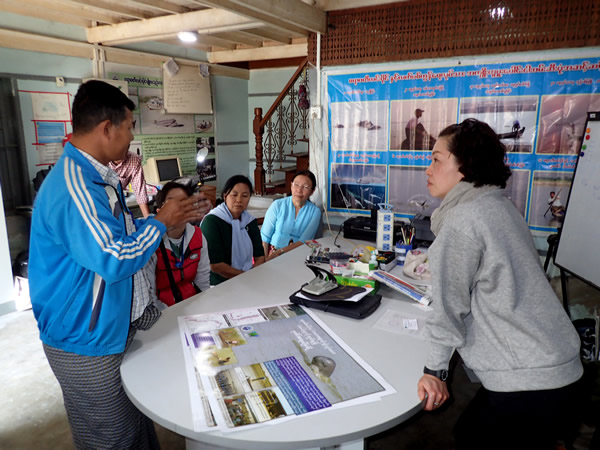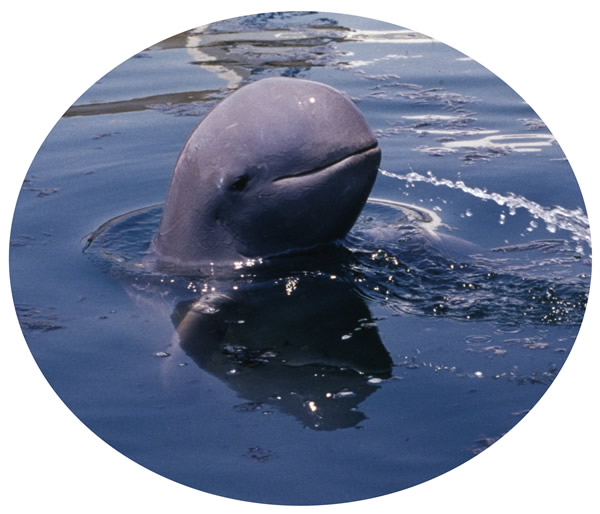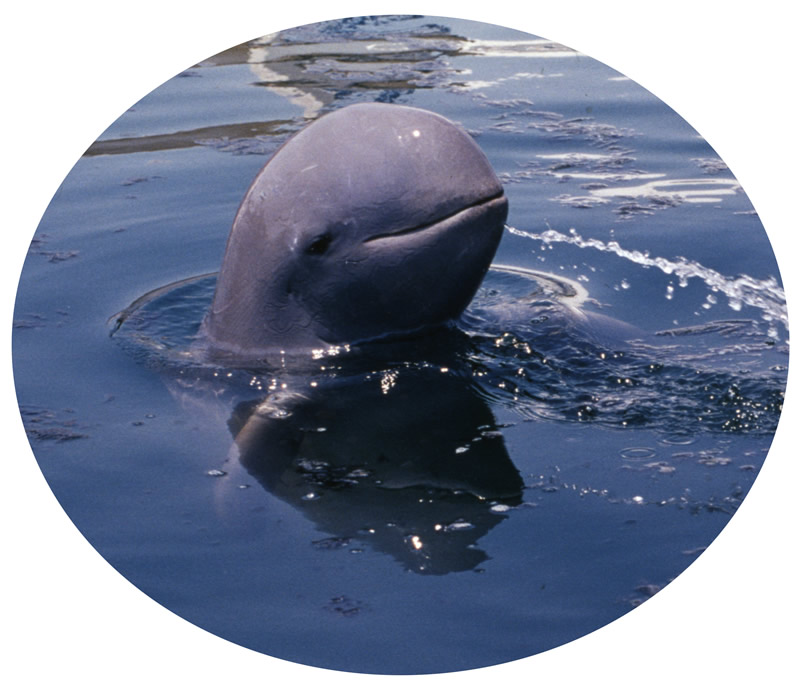Environment
Myanmar is about 1.8 times as large as Japan, and like Japan, it has a long and narrow topography from north to south at latitude 9 degrees 53 minutes to 28 degrees 25 minutes.
The peninsula facing the Andaman Sea in the south is filled with mangrove forests and coral reefs, and in the north, the snow-capped Mt. Hkakabo Razi is the highest peak in Southeast Asia at 5,881 m.
It is an area with high biodiversity due to the presence of a wide variation of environment.
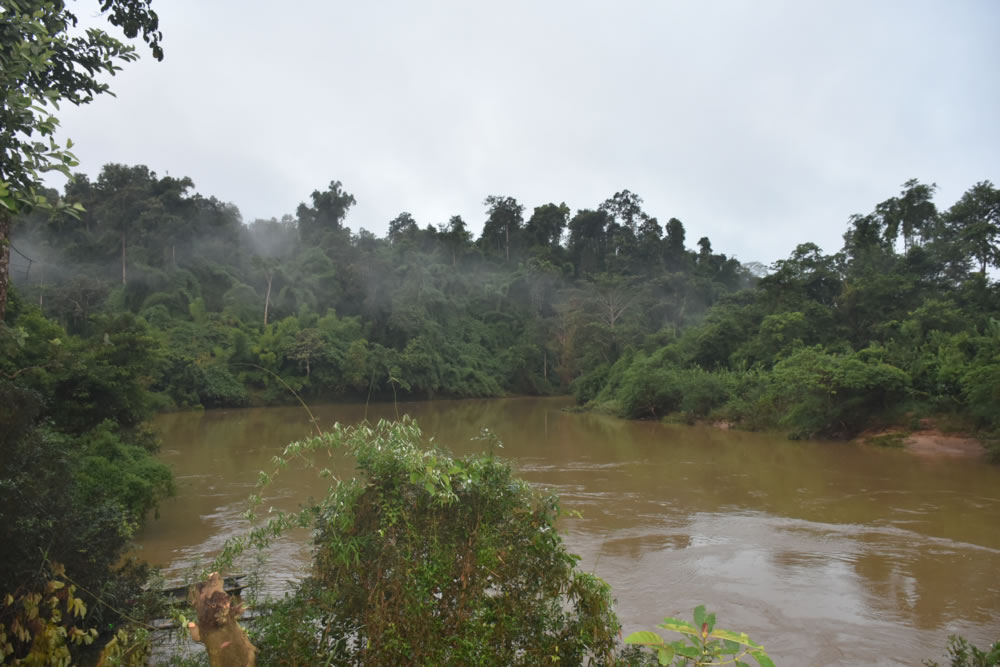
Htamanthi Wildlife Sanctuary, a tropical evergreen forest in the Chindwin River Basin
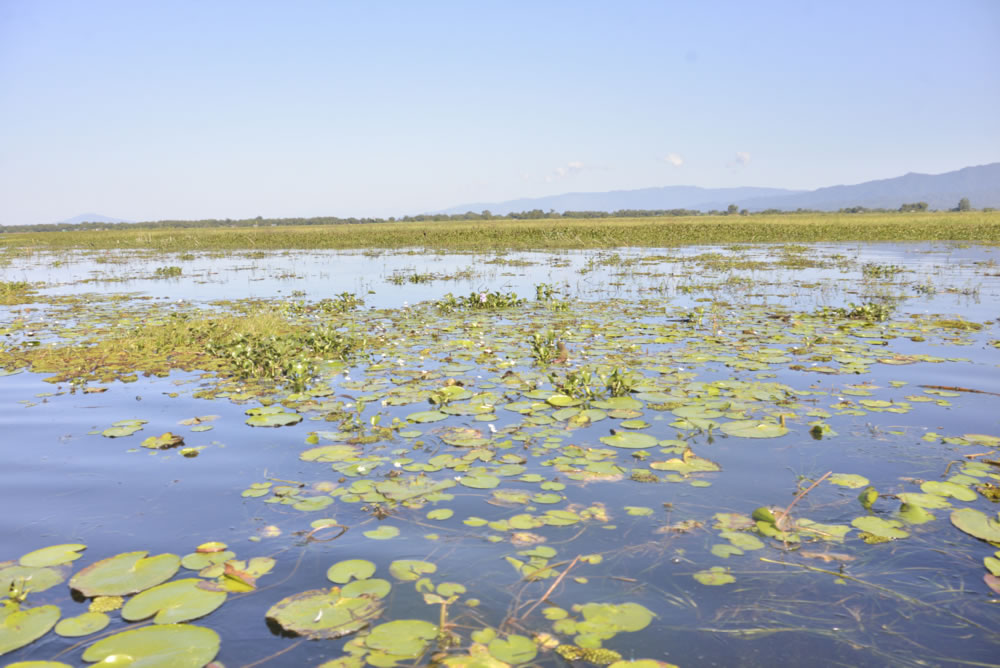
Indawgyi Lake, the largest lake in Myanmar
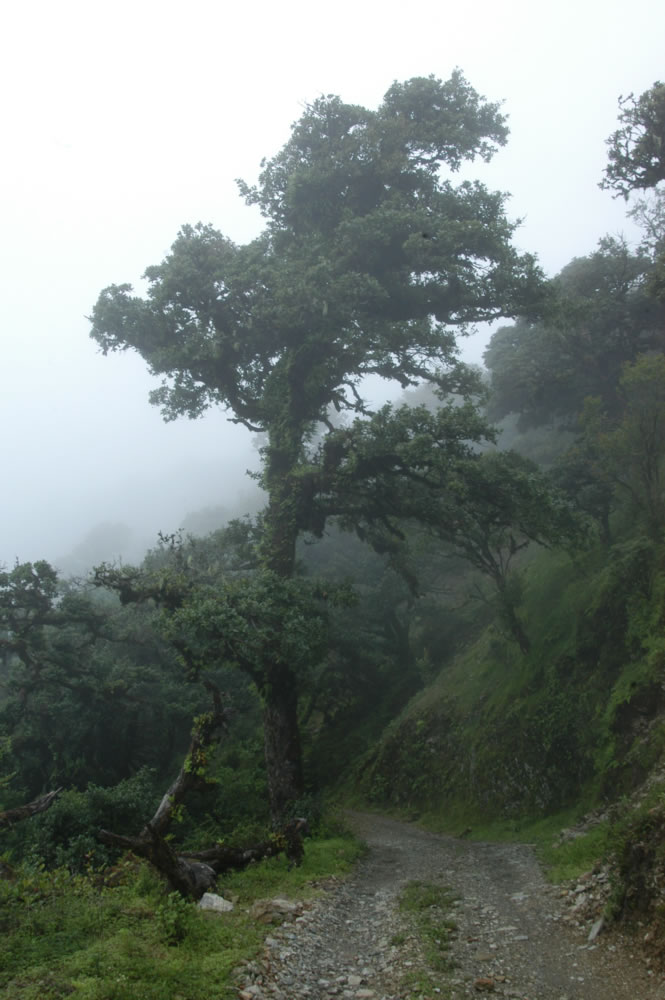
Temperate elements such as Quercus forests are found in the higher elevations of the Patkai Mountains.
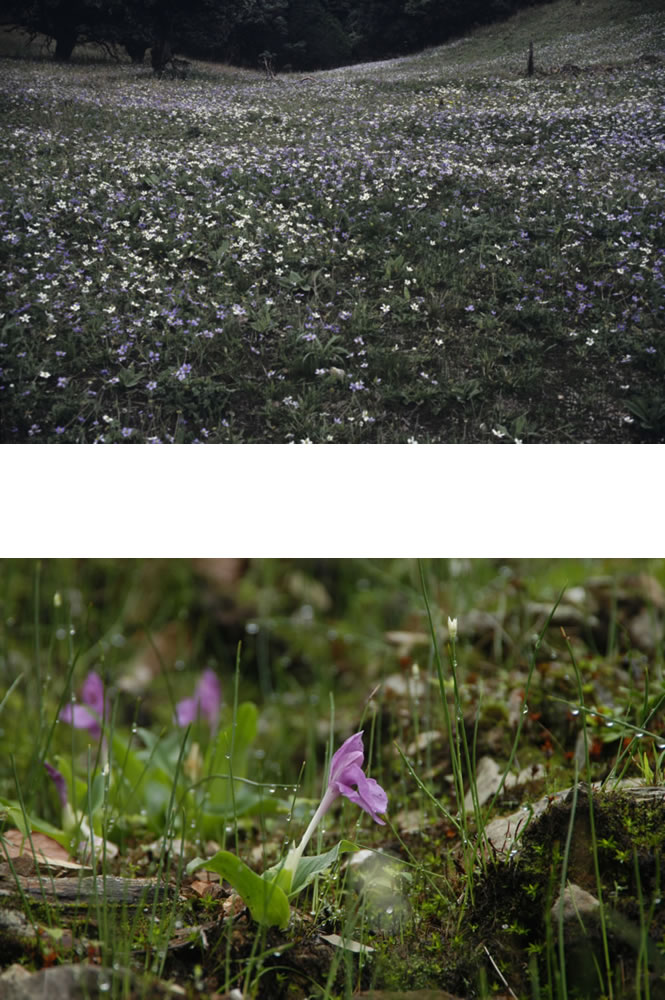
At higher elevation, you can see flower fields of anemones with Roscoea australe (Zingiberaceae).
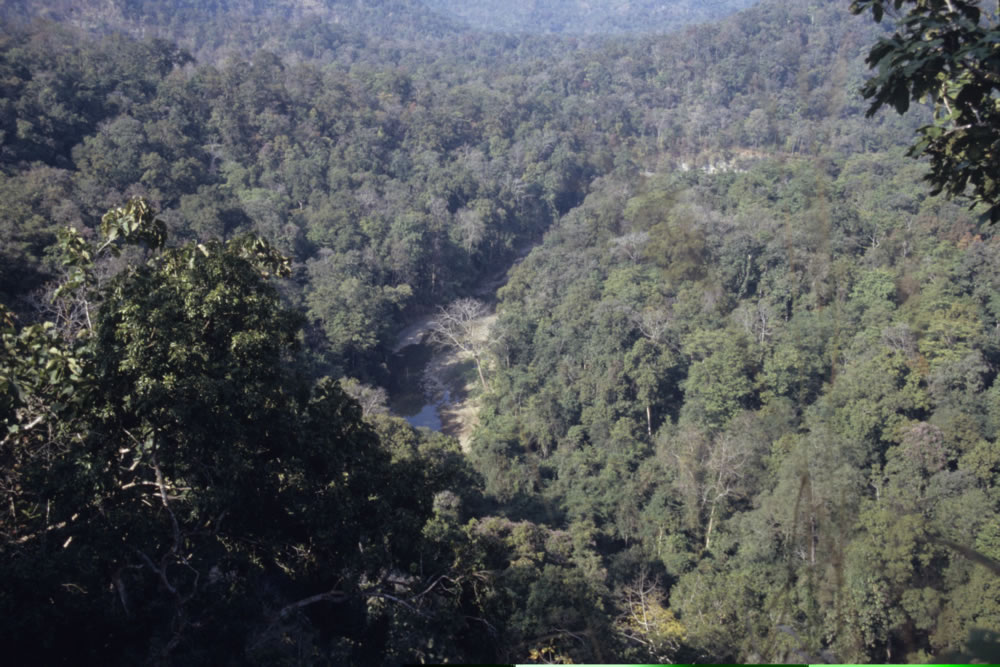
Deciduous dipterocarpus forests in the Alaungdaw Kathapa National Park, Sgaing Region.
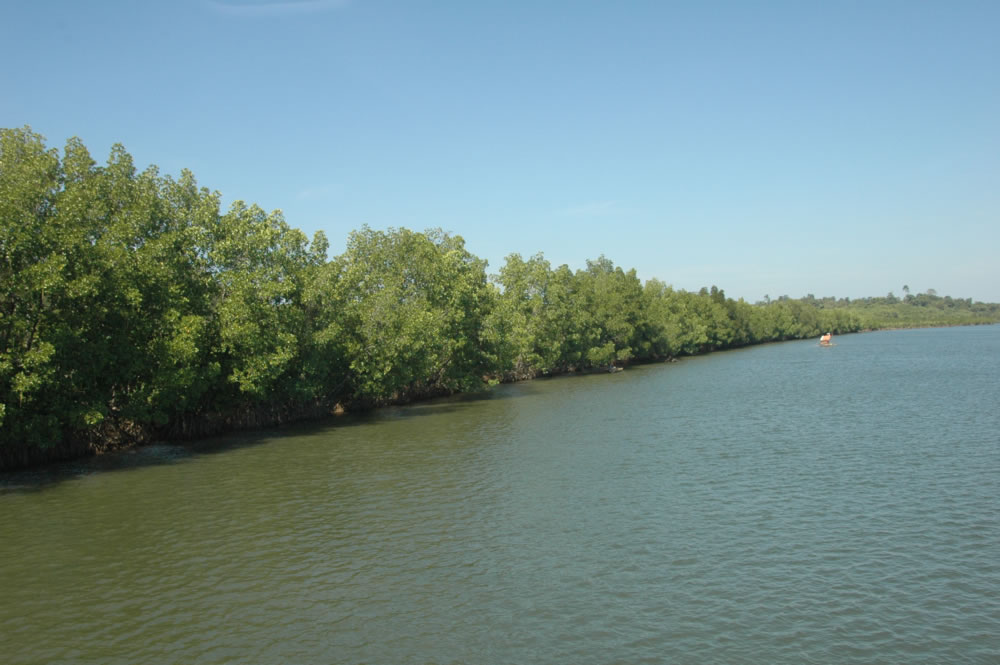
Mangrove forest in the mouth of the Irrawaddy River
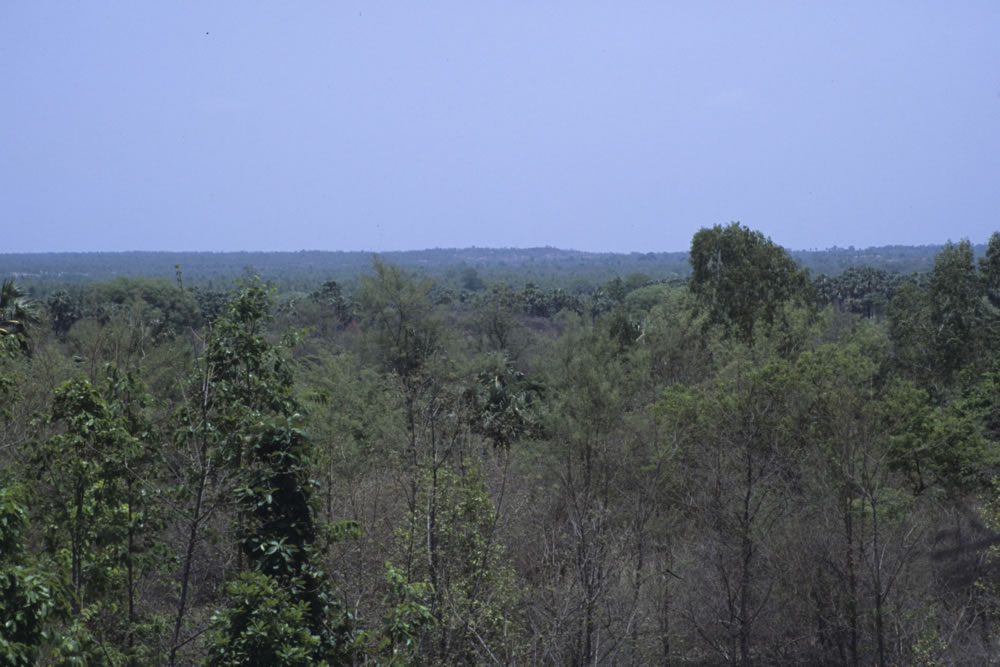
Dry zone in Magway Region
Food in Myanmar
Not many spices are used in Myanmar cuisine. It seems that most of the seasonings are also liked by Japanese people.
The staple food is generally a combination of a stewed dish called Myanmar curry, steamed rice, soup and raw vegetables. A lot of oil is used to stir-fry onions and stew pork, chicken, fish, etc. Although it contains a lot of oil, the compatibility of this oil with Indian rice is outstanding. In addition, various ethnic groups live in Myanmar, and you can encounter unique cuisine depending on the region.
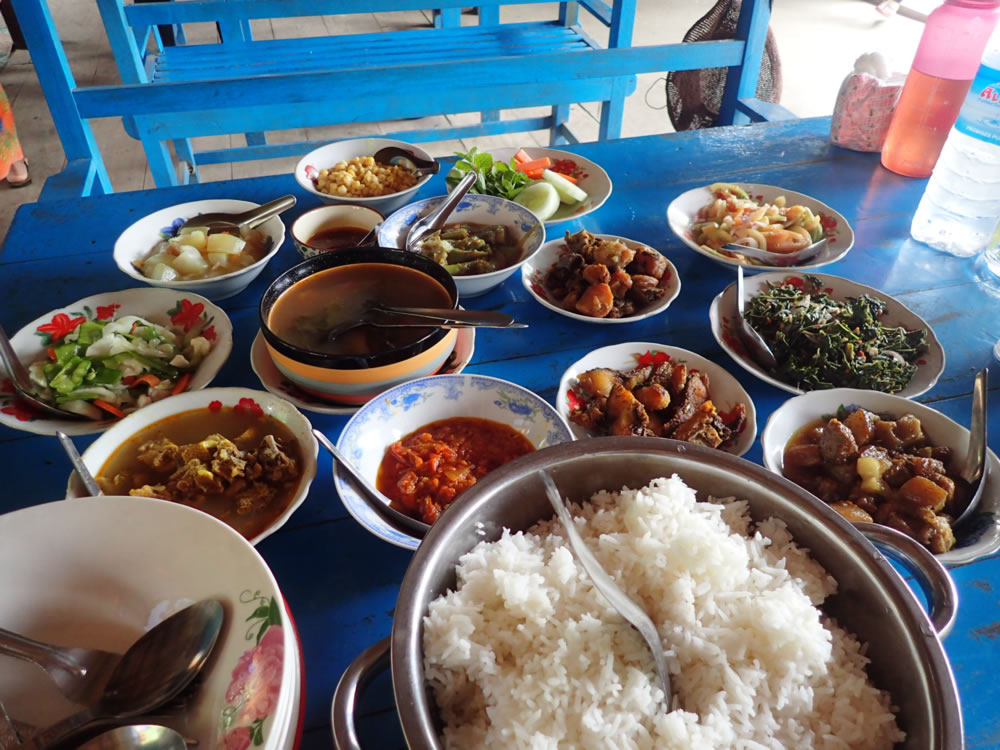
"Mohinga", a soup made from catfish and other ingredients, is a typical breakfast for Myanmar people. "Ohn No Khauk Swe", which is a coconut milk soup noodle, is also a representative noodle along with "Mohinga".
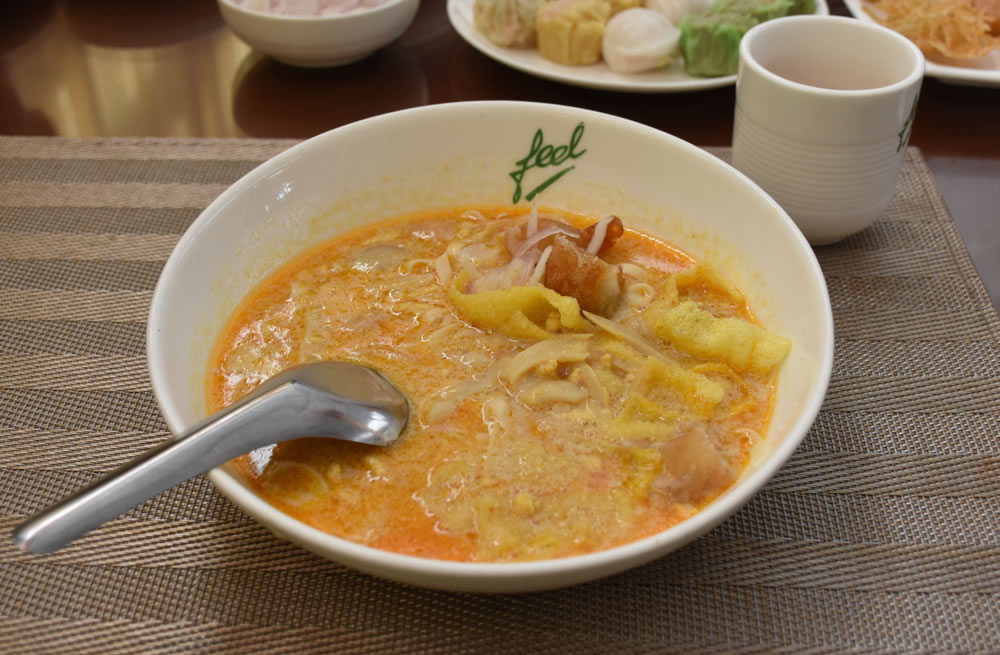
Mohinga, Myanmar's typical breakfast.
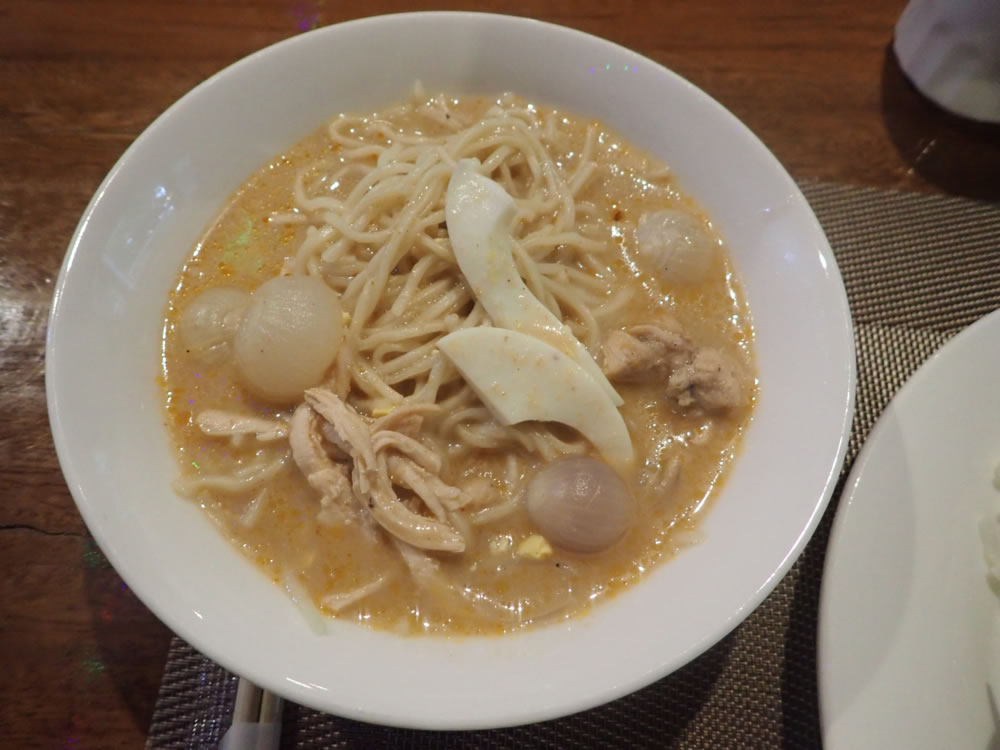
Coconut milk soup noodles,called "Ohn No Khauk Swe".
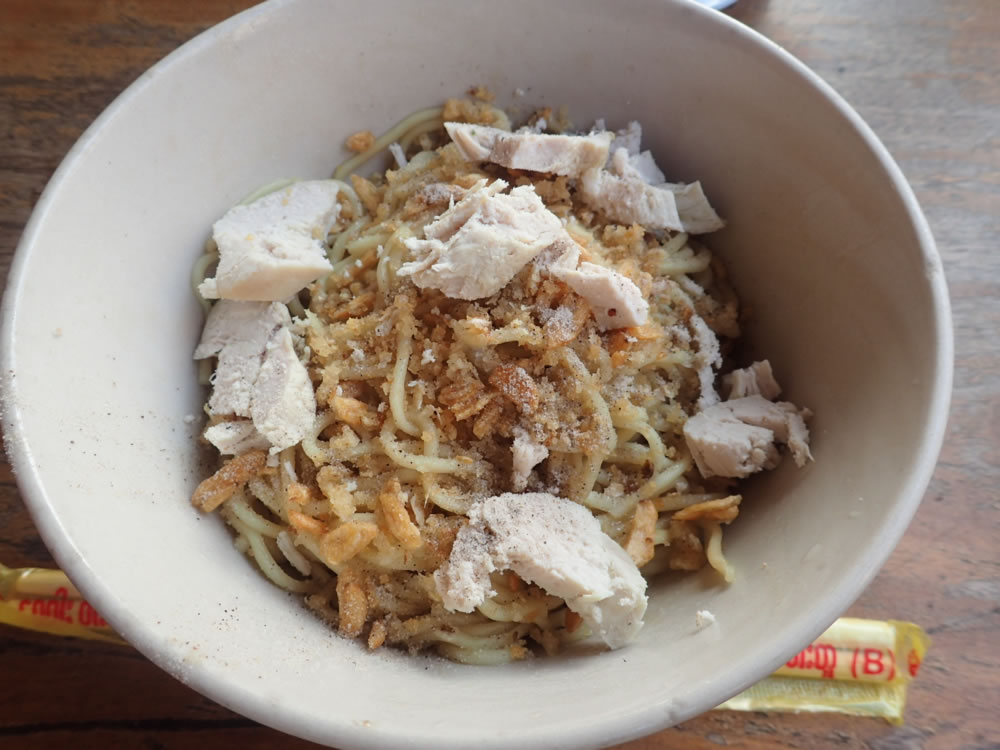
Noodle mixed with oil and garlic, which is also one of most popular breakfast noodles in Myanmar.
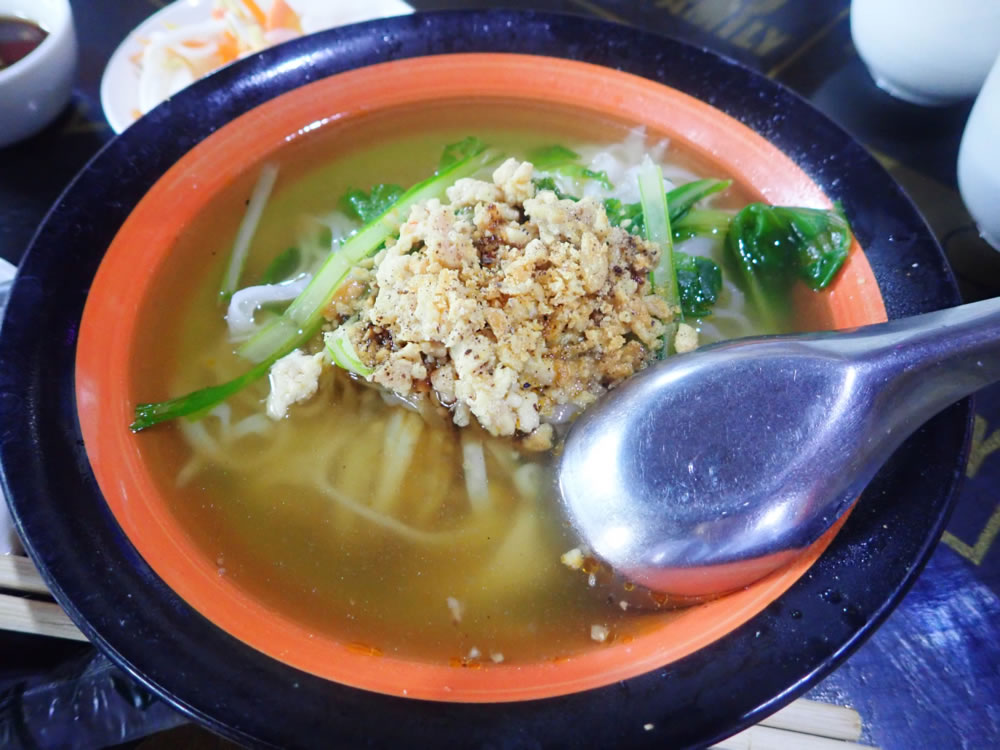
Shan noodle, a regional food in Shan State, which is flat rice flour noodles topped with minced meat and vegetables.
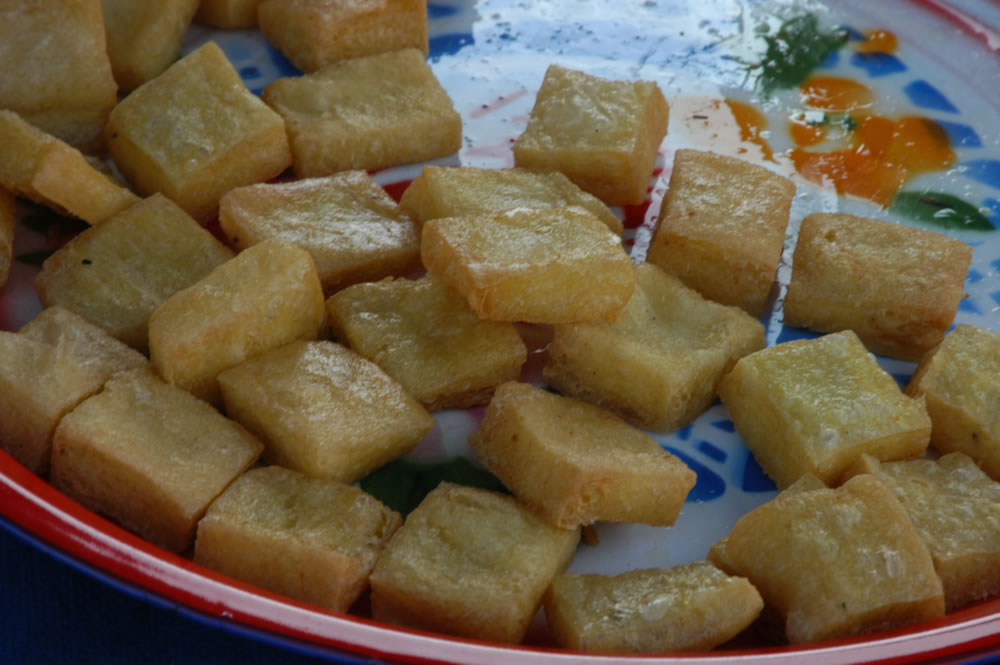
Shan fried Tofu.
Market in Myanmar
A market is a microcosm of a country's culture. When you visit the market, you can encounter various biological resources that are used in any region. You can also find a wide variety of plants in Myanmar markets. Mushrooms are also on the market when they are in season.
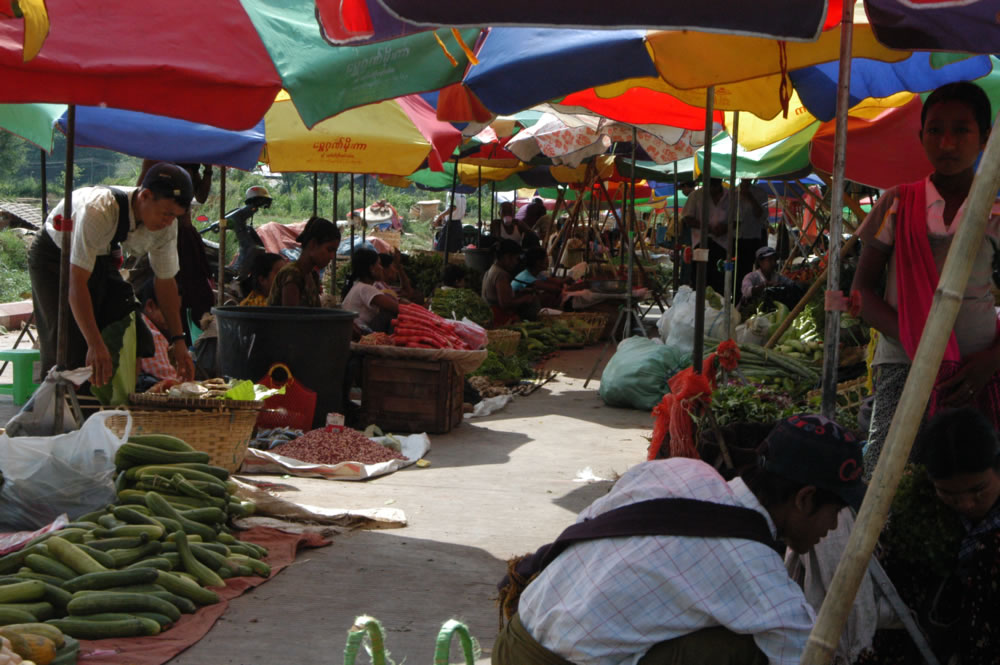
A market in Pinmana, central Myanmar.
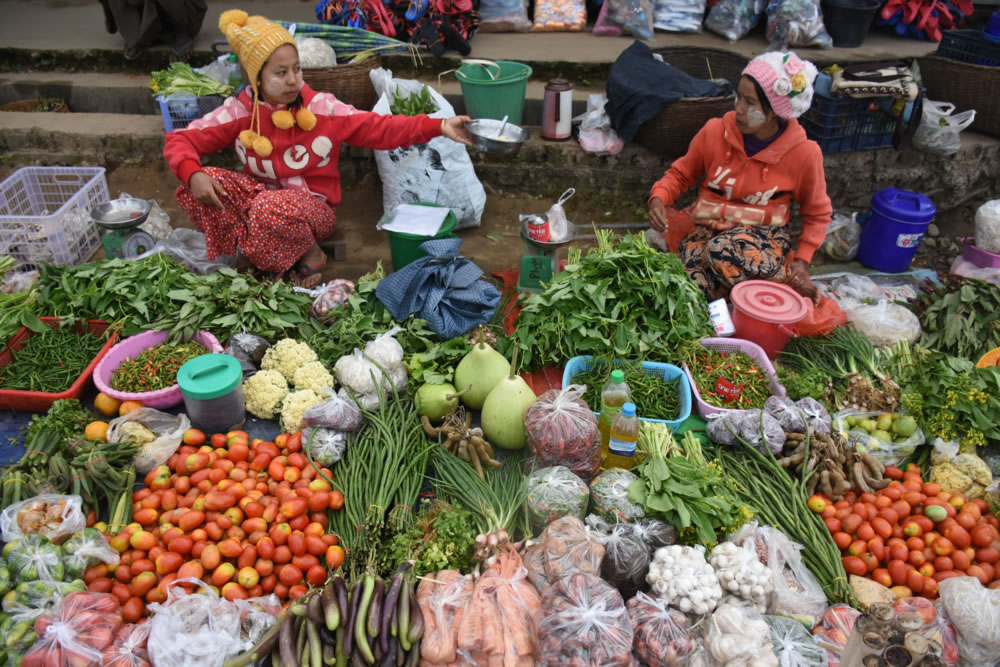
A market in Chin State at 1200m elevation.

"Thanaka" trees (Naringi crenulata, Rutaceae) at the market in Yangon. The bark is grinded into powder with a little water, and then the powder is applied to the face, arms etc.
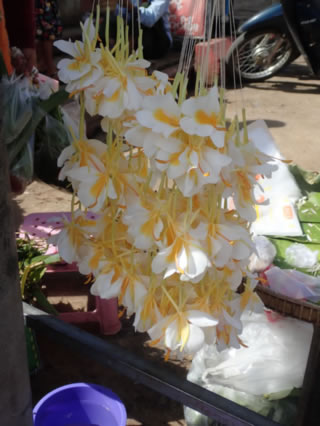
Hedychium chrysoleucum (Zingiberaceae). Flowers are fragrant, and used for ornamental.
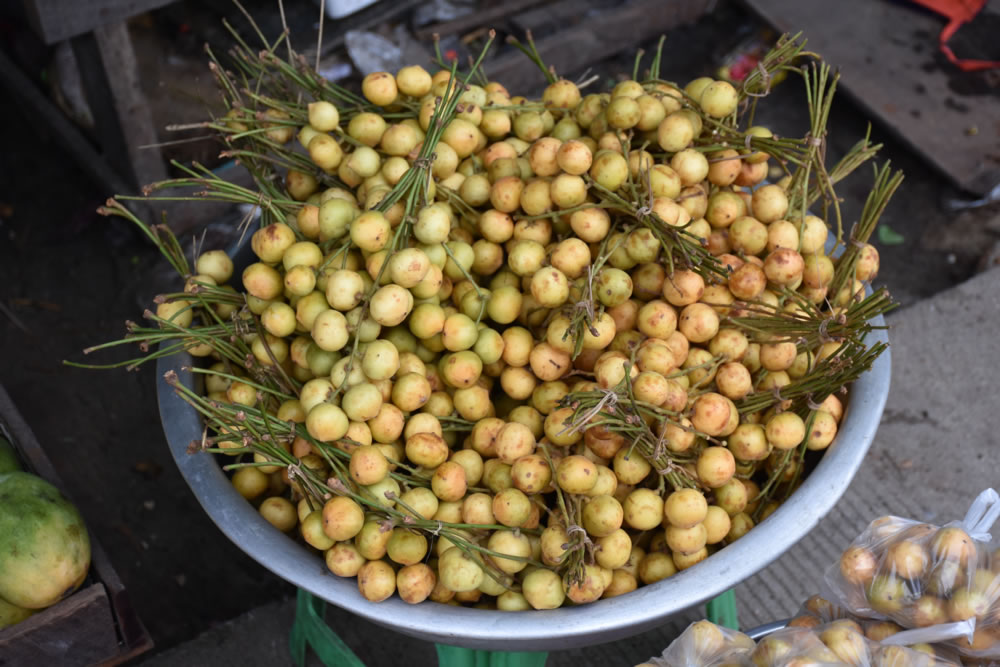
Baccaurea ramiflora (Phyllanthaceae). The fruits are called "Burmese Grapes" in English.
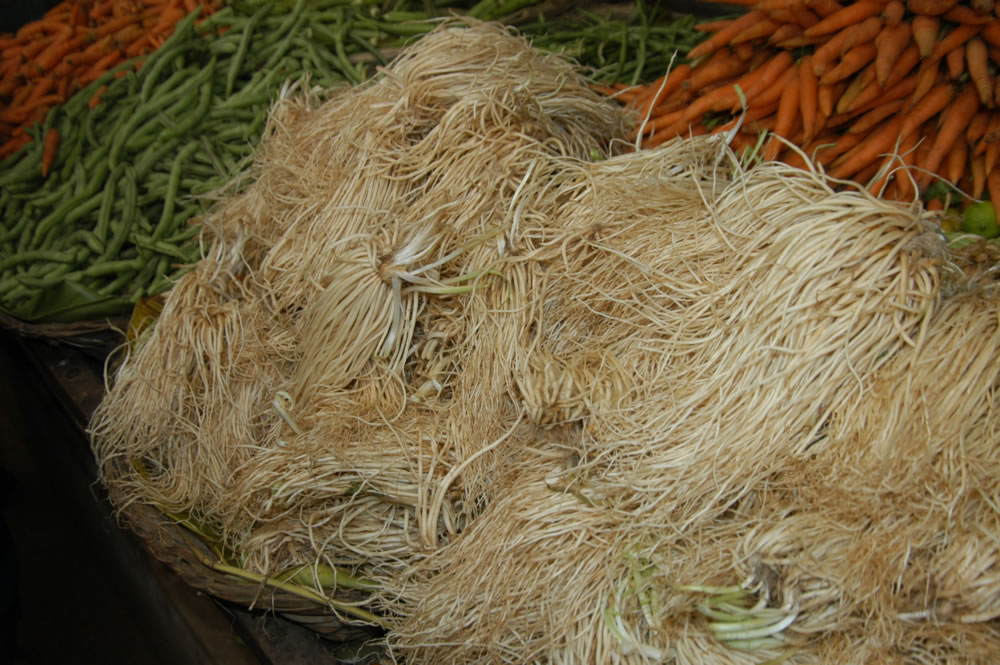
Allium wallichii (Amaryllidaceae). Roots are eaten as vegetable.
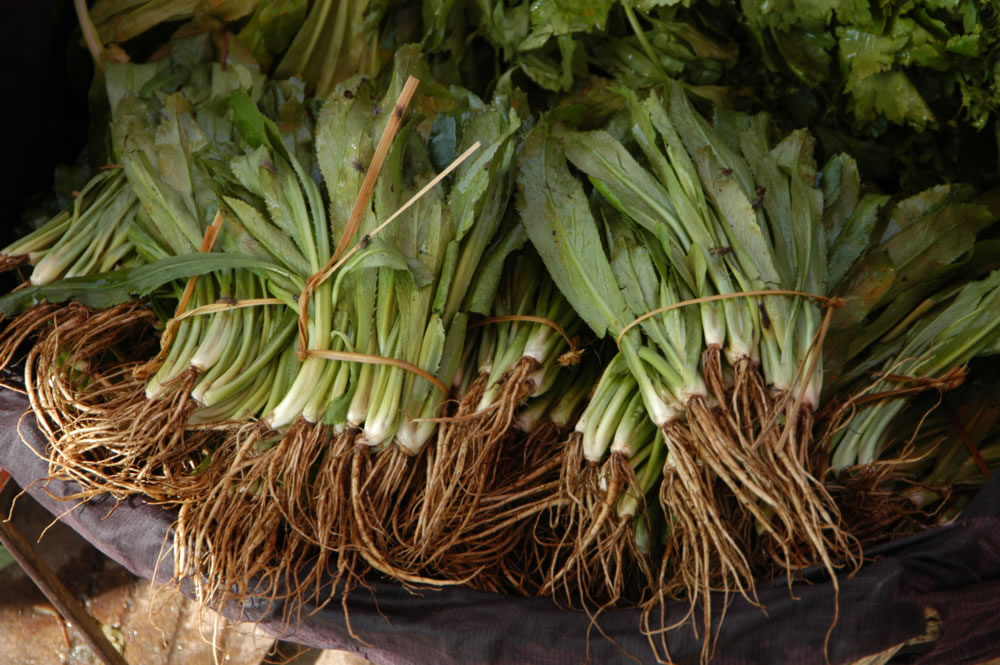
Eryngium foetidum (Apiaceae). It is used as a vegetable in soups, and its aroma is very similar to that of coriander.
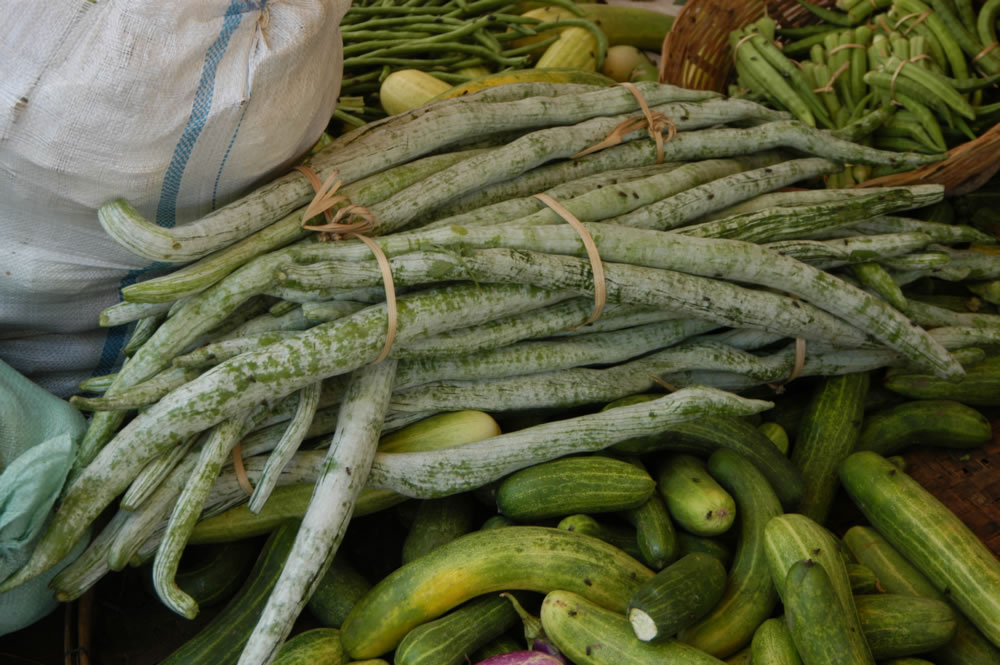
Trichosanthes cucumerina (Cucurbitaceae). A member of the cucumber family, the young fruit of which is added to curries and soups.
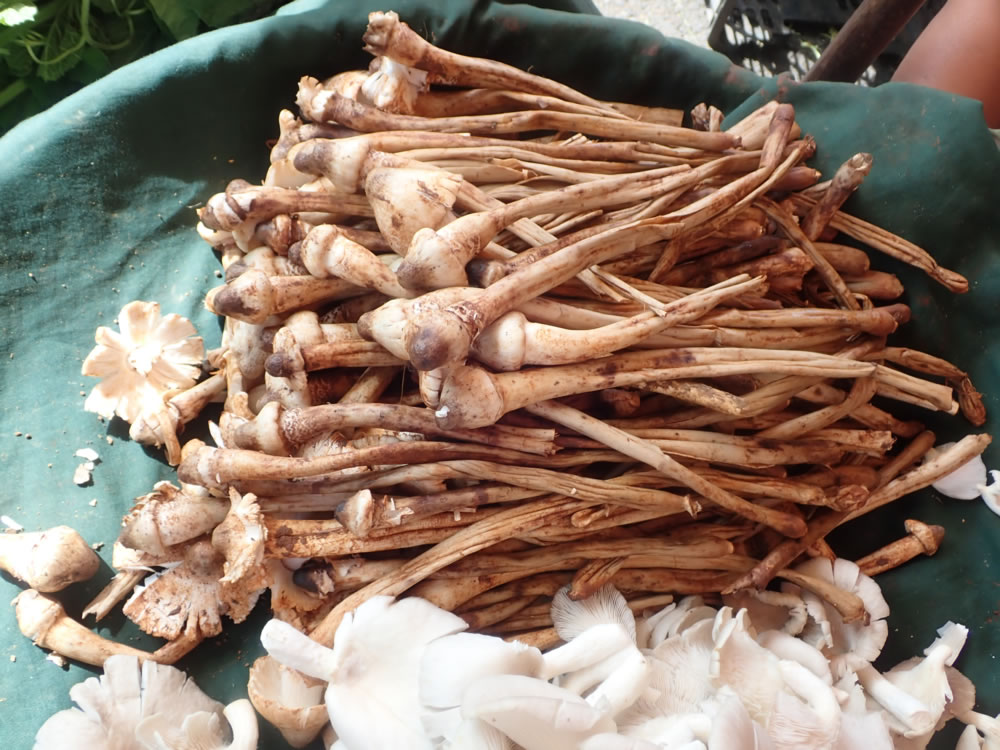
Termitomyces spp. (Lyophyllaceae) growing from the termite mounds. (Pyin Oo Lwin)
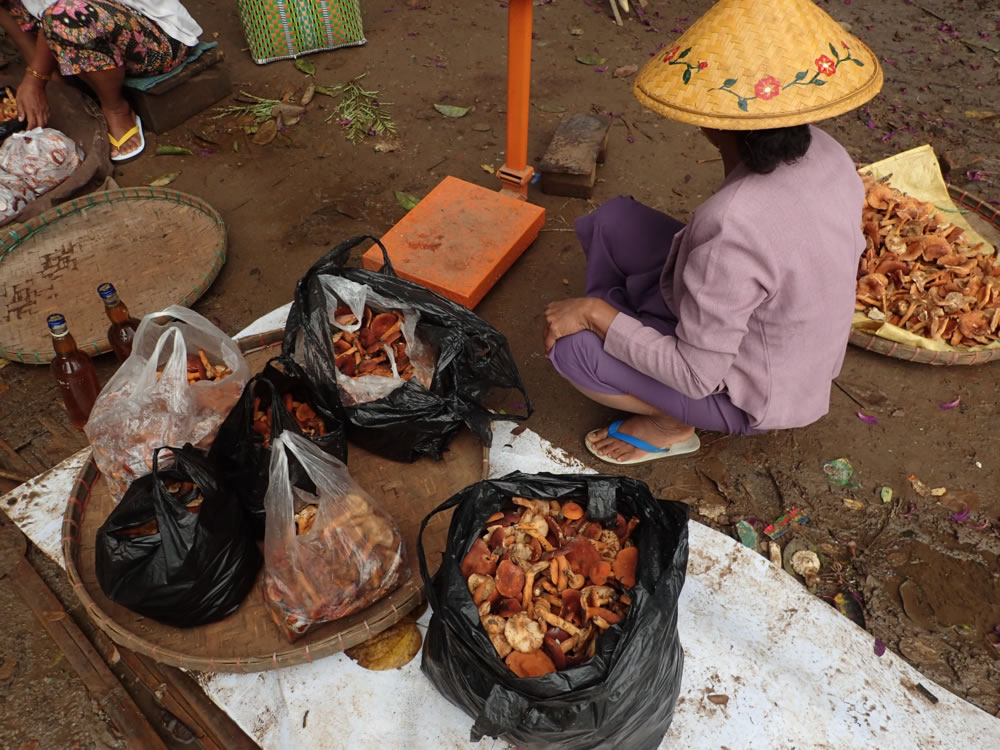
Lactifluus volemus (Russulaceae), a widely popular edible ectomycorrhizal species. (Pyin Oo Lwin)
Useful animals

Irrawaddy dolphin (Orcaella brevirostris)
A blunt head with no beak suggests some similarity with the finless porpoise and the white whale, but they have a dorsal fin around the center, although it is fairly small. The body color is a little brownish gray, with the ventral side somewhat lighter. They can spit water with a flexible mouth. Their cervical vertebrae are not fused, an exceptional case among delphinid dolphins, and their neck is adjustable. Marine type are known from; India, Bangladesh, Myanmar, Thailand, Indonesia, Cambodia, and the Philippines. They are also known in large rivers such as Ayeyarwady and Mekong rivers. They are known to cooperate with fishers in netting a shoal in the Ayeyarwady river.
Type specimen was reported to be collected in Vizagapatam, which is very western end of the whole distributary area.
Fishing together with Irrawaddy dolphins
The tradition of the co-operative fishing of human fishers and dolphins is said to have a history longer than 100 years. The activity is operated by the minimum of two, one handling the boat while the other throw the net. On the river, they look for the dolphins. When they come closer to the dolphins, by hitting the water by the oar, making tongue-trilling sound, and hitting the boat by a small wooden piece, they cll the dolphins. The dolphins herding shoals of fish and one of them raise the flukes telling the fishers “Now is the time”. The fisherman standing at the bow of the boat with a net on his shoulder throws the net to catch the fish. This is the co-operative fishing. Smith et al, (1997) summarized, if they go alone the daily catch ranged around 4.8-8.0kg, whereas the catch increased to 16.0—24.0kg if the dolphins worked together, sometimes as much as 64.0kg. Because of the depletion of the fish and degradation of the environment, this co-operative fishing tradition is on the brink of extinction.
Our present observation was made on the Ayeyawady river, about 50km upstream from Mandalay.
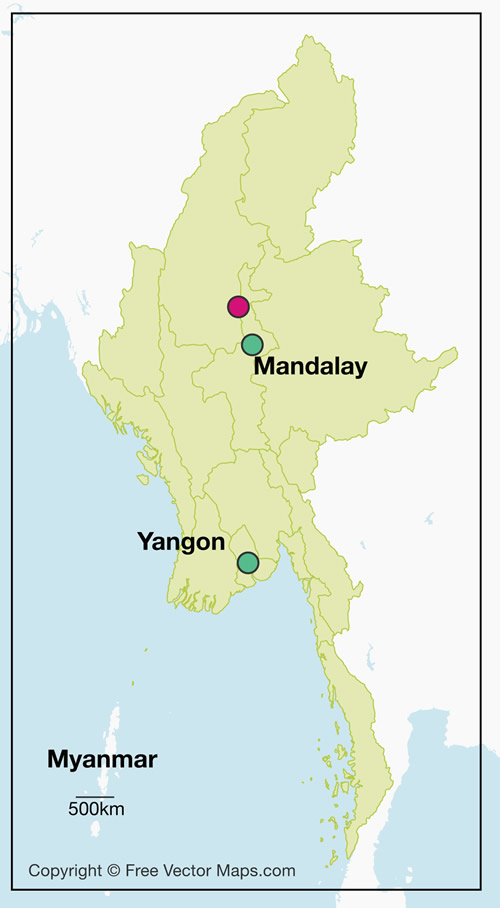
Red Circle: Indaung village
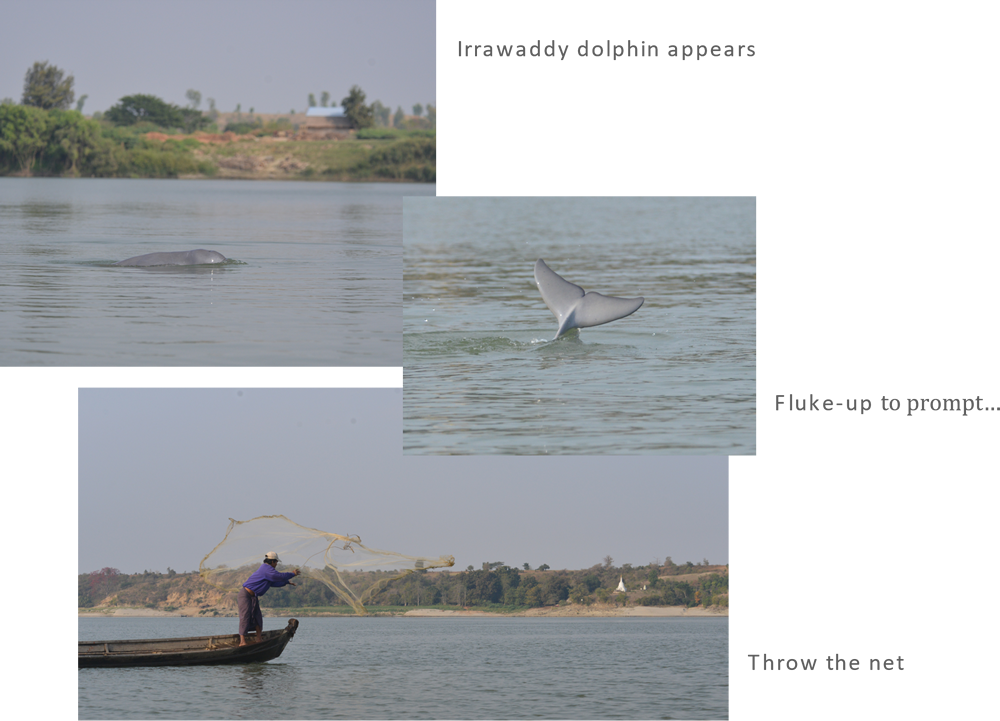
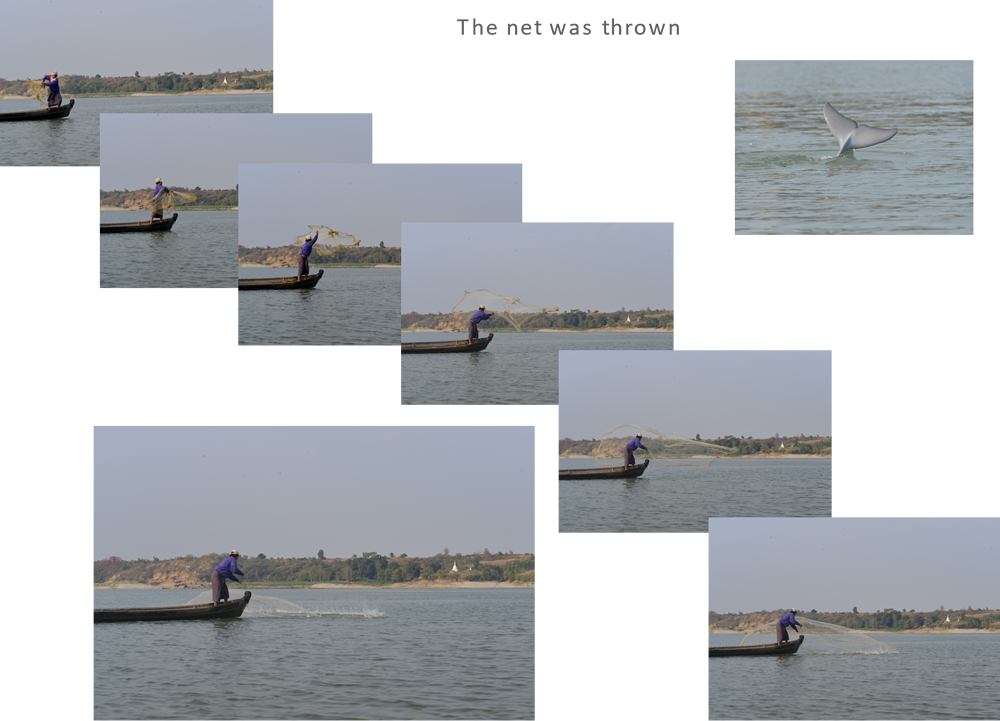
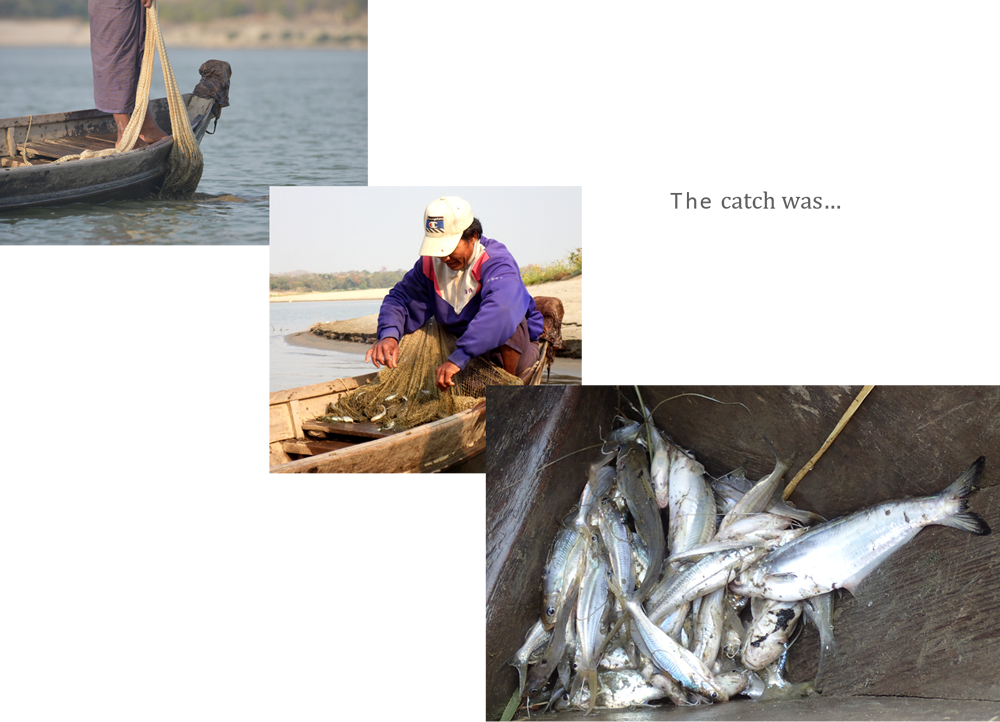
Conservation of the Irrawaddy dolphin of the Ayeyawardy river
When we think about the dolphins in the wild, coastal and riverine species and/or populations are directly vulnerable to human activities and the degradation of the environment is serious. For the Irrawaddy dolphins of the Ayeyawardy river in Myanmar, population decline and degradation of the river environment are problematic. The Wild Life Conservation Society of Myanmar (WCS Myanmar) already started the action in the early 1990’s, such as basic survey of the dolphins and educational activities for the local people. We visited Mandalay Office of the WCS and learned what was going on. Co-operative fishery activities with dolphins are carried out on one hand, illegal fishing actions using explosives are not effectively regulated on the other. The actual situation seemed fairly difficult.
